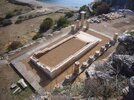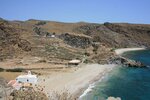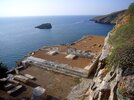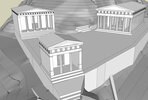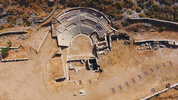Ancient city of Karthaia, Island of Kea
Karthaia, an important ancient Greek city-state on the island of Kea in the Cyclades (Greece), flourished in the archaic period and was abandoned in Late Antiquity. It lies within an unspoiled environment on the southeast coast of the island and can be approached only through ...
Read more
Project details
| Title: | Ancient city of Karthaia, Island of Kea |
|---|---|
| Entr. year: | 2017 |
| Result: | Award |
| Country: | Greece |
| Town: | Island of Kea |
| Category type: | archaeology/sub-marine archaeology |
| Notes: | City state |
| Building type/ Project type: | See notes |
| Former use: | Center and the acropolis of the ancient Greek city-state of Karthaia |
| Actual use: | The restored ruins form an attractive archaeological site, while the ancient theater can be reused for performances. |
| Built: | 530-288 BC |
| Architect / Proj.leader: | Scientific Committee for the “Conservation, Restoration and Enhancement of the Ancient Monuments of Kea” |
| The Jury's citation: | “The extensive research carried out at the site has enriched our understanding of the civilization which was settled there and has made accessible what was, before the intervention, largely remote”. “The creation of this archaeological park for a site from the 5th century BC is an outstanding lesson in recovering and highlighting the Classical landscape of Europe. The leaders of this project have an astute understanding of the significance of this site and have recaptured the association between the urban and natural landscape which was so fundamental to the ancient society who lived there”. |
Description:
Karthaia, an important ancient Greek city-state on the island of Kea in the Cyclades (Greece), flourished in the archaic period and was abandoned in Late Antiquity. It lies within an unspoiled environment on the southeast coast of the island and can be approached only through traditional footpaths or by sea. The project aimed at the conservation, presentation and partial restoration of impressive temples and ancient public buildings on the acropolis of Karthaia so as to make them accessible and understandable to the public: the Temple of Apollo (ca. 530 BC), the temple of Athena (ca. 500 BC), the classical Propylon, the Theatre (ca. 350 BC) and Building D (ca. 320-288 BC). Facilities improving the good function of the archaeological site (footpaths, information signs, storehouses, guardhouses, rest areas, WC, a wooden pavilion providing information in the nearest modern village) were also provided. Today the visitor of Karthaia discovers an important archaeological site combining significant ancient remains and unique natural beauty.
Similar projects
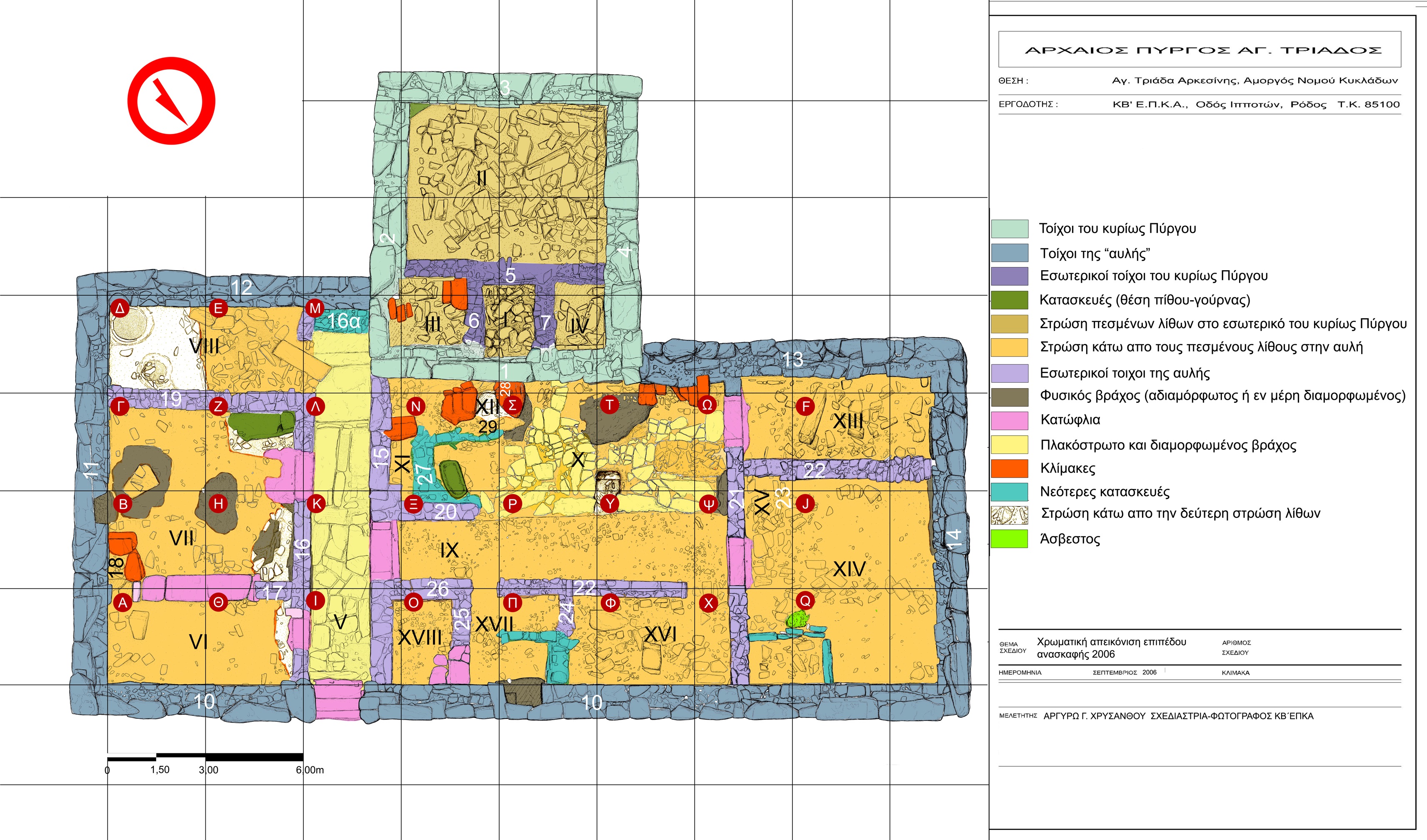
4th century BC
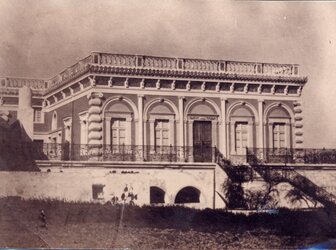
19th century

15th century
18th and 19th century
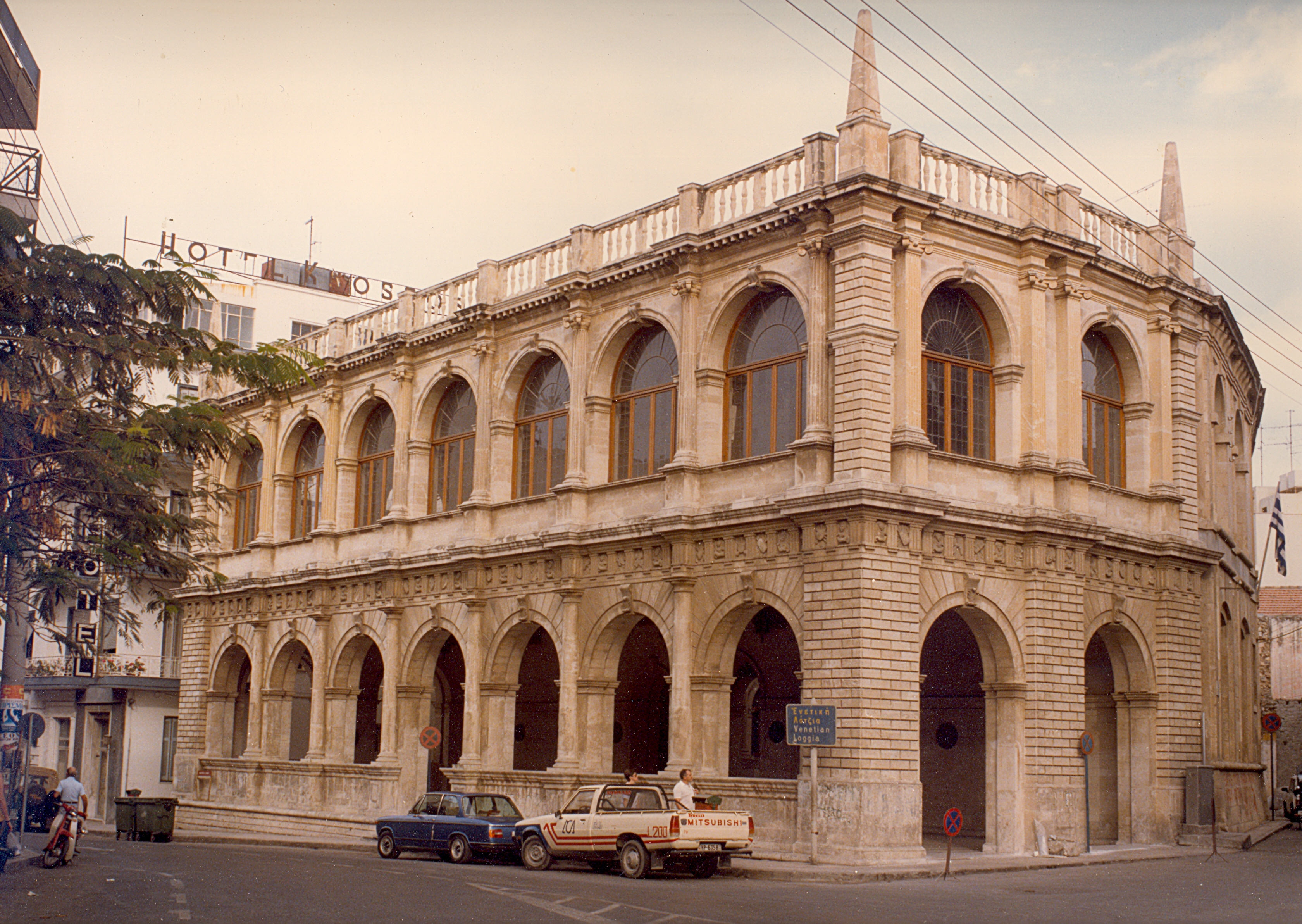
17th century
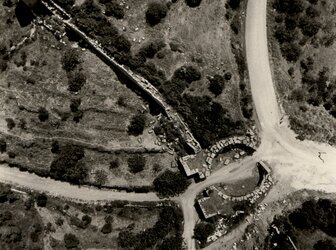
4th century BC
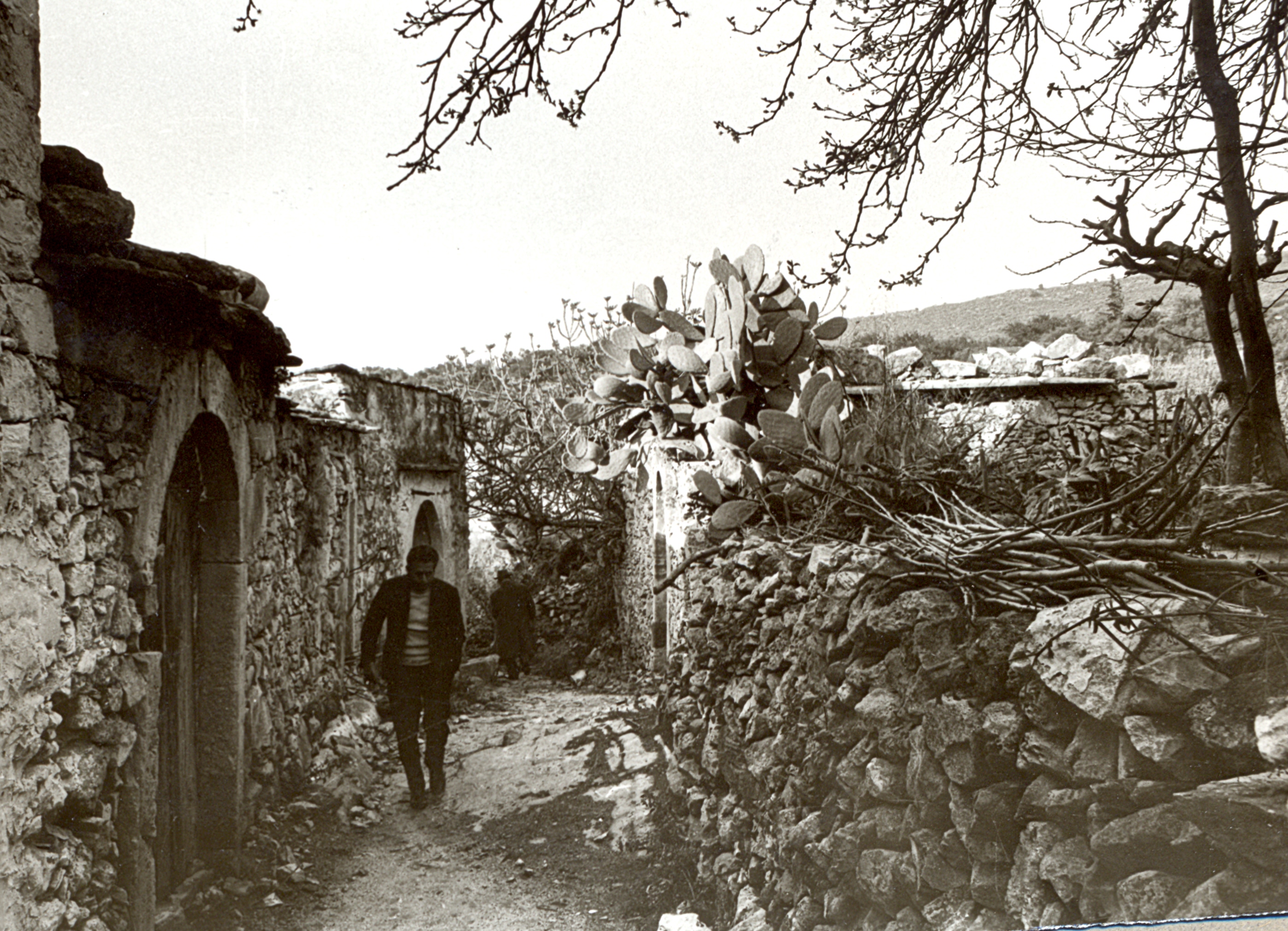
17th century
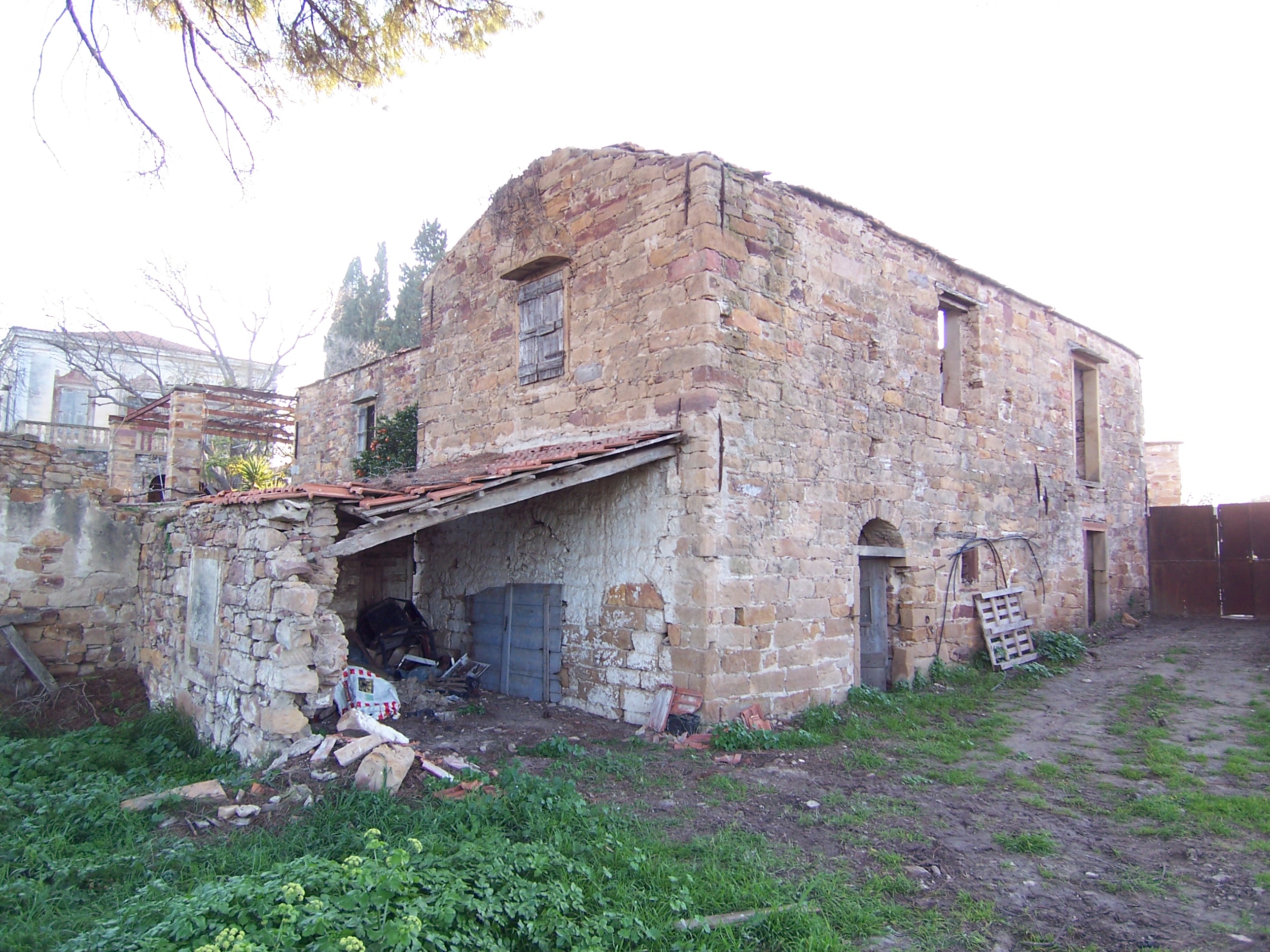
1893 (main house); the plot pattern of the area dates back to the 14th century

4th century AD

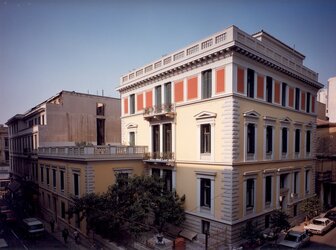
19th century

14th century

